In August 1888, Bertha Benz took her husband’s newly invented motorwagen and drove her two sons from Mannheim to Pforzheim, a distance of around 100km. The age of the motor car had begun, and the pioneer model, the Benz, had only a rudimentary dashboard; it was intended to serve the same purpose as the one on open horse carriages – namely to prevent stones dashed up by the horse’s hooves from hitting the passengers. Hence the name.
Initially, there were no instruments on the dashboard. All that changed in 1896, when the UK introduced a 14mph speed limit; suddenly cars needed speedometers, along with radiator temperature and fuel gauges. Specialised companies arose to fulfil that gap in the market, but initially they did not produce clocks. Drivers would buy spring-loaded clips that could be mounted on the dashboard to hold a pocket watch; it would be placed into the holder at the start of the journey and removed at the end.
Soon, firms such as Dunhill and Zenith were making timepieces specifically for dashboards. The large pocket-sized watch had no loop for attaching a chain, so they were never intended to be worn. The Zenith clock was actually made for a 1917 plane, but at this time identical instruments were used for cars.
Dunhill dashboard clock from the early 20th century in its housing.
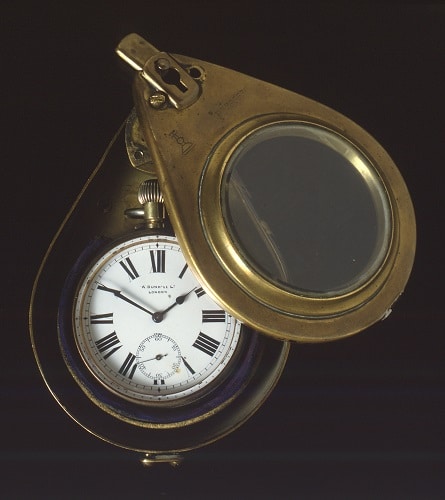
Dunhill produced everything a turn-of-the-century driver needed, from driving coats to driving goggles with built-in telescopes so daredevil drivers could spot a policeman before being spotted himself. Naturally the company also made clocks and watches for the early motorist. Its brilliant idea was to take a watch like the Zenith and have the dial printed “upside down”. So, instead of the subsidiary seconds dial being at six, it was at 12, and the winding crown no longer at 12 but placed at the bottom. This arrangement conferred two advantages: one, the crown protruded below the base of the dashboard, which made it easy to wind and adjust whilst still in its clip; and second, if the clock was rained upon, water would have no point of entry into the movement.
Zenith Pilot Pocket Watch with additional brass case to be inserted on early dashboards.
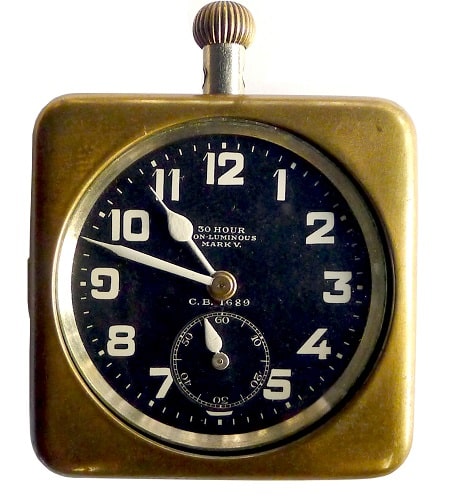
Prior to the invention of the car, Breguet had made clocks for the private carriages of royalty and nobility. So in the 1930s it returned to the same market with a series of clocks made for the imposing Bugatti Royale – the world’s most expensive car. Mounted, bizarrely, in the centre of the steering wheel, these timepieces included a stopwatch operated by a button in the winding crown, and an eight-day power reserve. A total of nine were ordered, but only three seem to have ever been delivered.
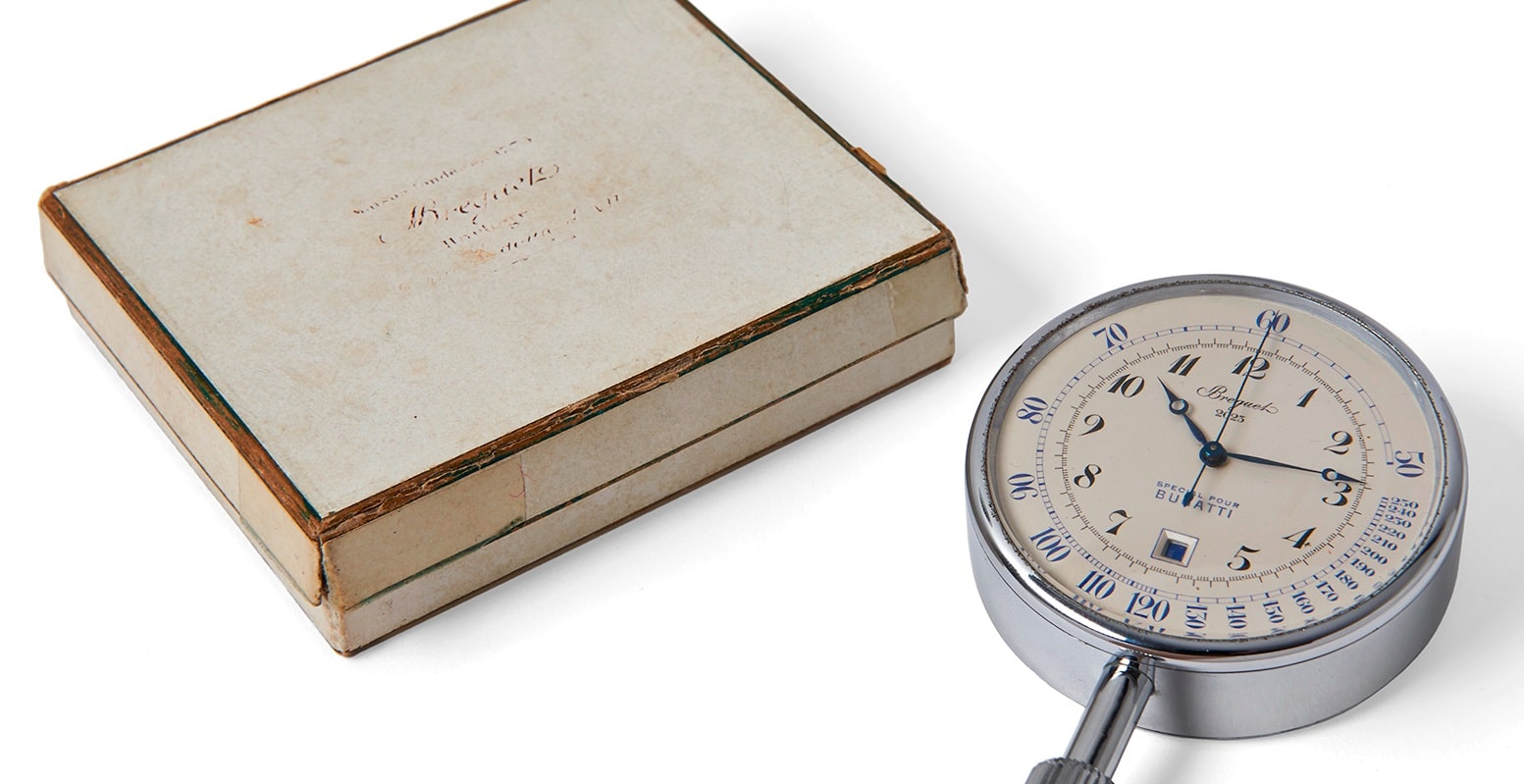
Breguet dashboard clock made for the Bugatti Royale in the 1930s.
Around the same time, but at a less plutocratic level, Smiths in London and Edmond Jaeger in Paris were producing complete instrumentation for the Rileys and Panhards of the day. Business was so good that Jaeger even opened a factory in London, although he eventually sold a majority stake to Smiths, which kept using both names. Edmond Jaeger later merged his other firm – which made clocks and watches – with David LeCoultre’s to form Jaeger-LeCoultre (JLC – owned by the Richemont Group). But it is important to emphasise that car clocks labelled Jaeger have no connection to JLC.
After World War II, demand for dash timers increased parallel to the popularity of rallies. Heuer produced a wide range of dashboard clocks for this purpose.

After World War II was over, pent-up demand for leisure driving rocketed, along with the popularity of rallying, probably because the vehicles used in the sport were unmodified examples of the models available in showrooms. The only changes from the factory specifications were extra lights on the front of the car and a set of dashboard timers, a pair (or as many as three) stopwatches and an accurate clock. Precision was important as, quite literally, every second counted in these events. Even though the rallies could last for several days, the first and second places could be less than a minute apart. These dash timers were made by several firms: Halda in Sweden, Smiths in the UK, and Heuer in Switzerland. Heuer was by far the biggest producer.
By the 1970s, German engineering giant Mannesmann had come to dominate the European automotive instrumentation business through its subsidiary VDO Adolf Schindling AG (which also owned JLC and IWC). In Britain, Smiths instrumentation was still found in Jaguars and Rolls-Royces, but that was not enough to keep the business afloat. Smiths left the business in the 1980s.
The resurgence of the wristwatch industry in the 1990s was marked by the emergence of relationships between watchmakers and automotive companies: Girard-Perregaux with Ferrari, Parmigiani with Bugatti, and Breitling with Bentley. Whilst all three made watches with the car marque’s logo, only Breitling made dashboard clocks for its partner.
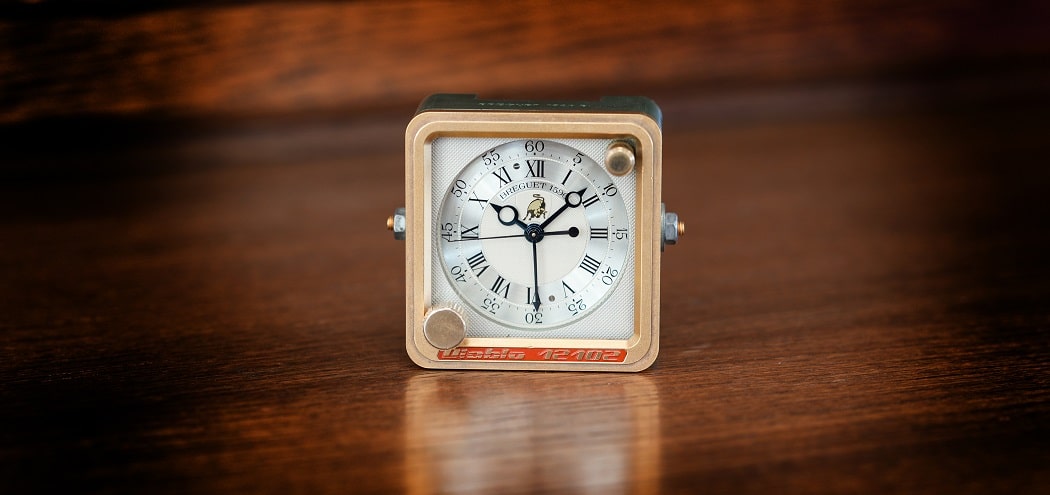
Breguet clock for the dashboard of the 1990s Lamborghini Diablo.
Breguet re-entered the top end of the market in the 1990s when it started providing dash clocks for the new Lamborghini Diablo supercar. However, these were not standard equipment. They were an extra-costly option at $10,000. With their classic silver guilloché dial and traditional design, the clocks looked as out of place in the futuristic Lamborghini as an elephant in a tutu.
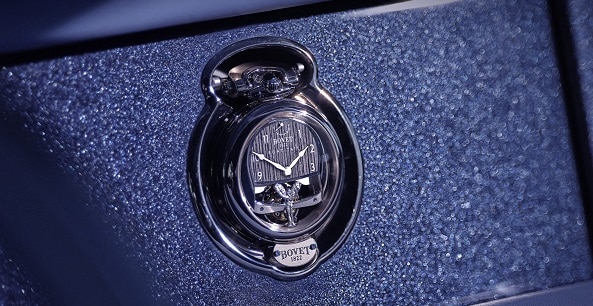
Bovet bespoke tourbillon watch for one of the three unique Rolls Royce Boat Tail cars.
But Breguet is no longer the sole supplier of timepieces to the ultimate in motoring. That baton has been passed to Bovet, which cooperated with Rolls-Royce to produce two exquisite timepieces (his and hers) for one of the world’s most expensive cars: the Rolls-Royce Boat Tail. The two pieces are tourbillon watches that can be worn on the wrist, kept in a concealed drawer or held on the dash by an updated version of the very same clips used on the Zenith and the Dunhill a century ago.

Bremont rally timer featuring stopwatch with tachymeter and a clock with sub-seconds mounted on an engine-turned backplate.
With the advent of infotainment systems and digital readouts, the car clock has pretty much disappeared. Or has it? As an example of analogue renaissance, in 2010 Bremont produced a bespoke clock that went into the dashboard of the Jaguar C-X75. In 2021, for its 60th anniversary, the English watchmaker came out with a limited-edition set that included a chronograph and a rally timer (60 of each). These could be fitted into a Jaguar or displayed on their own, on a desktop. But the brand that has really held out against the computerised onslaught is Mercedes-AMG. On its top-of-the-line models, in the centre of the dash proudly sits an analogue clock bearing the name IWC Schaffhausen. IWC is not only one of the principal sponsors of the Mercedes-AMG F1 team; it also produces watches strongly influenced by its designs. The almost 20-year relationship is a two-way partnership which shows that, in one corner of the automotive world at least, the car clock still has some life left in it.
Words: James Dowling
Opening picture: The IWC clock fitted in top-of-the-line Mercedes-AMG cars.






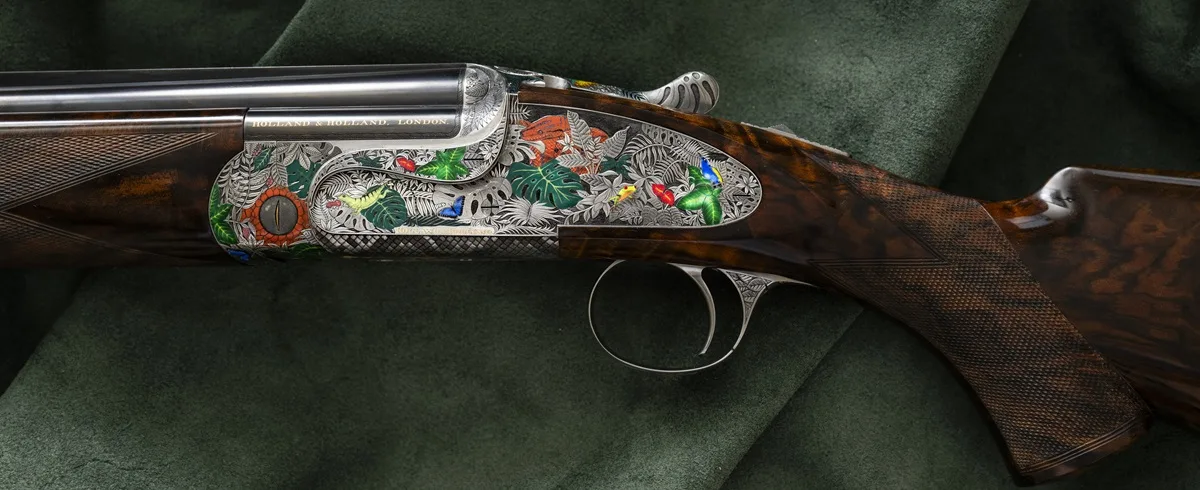


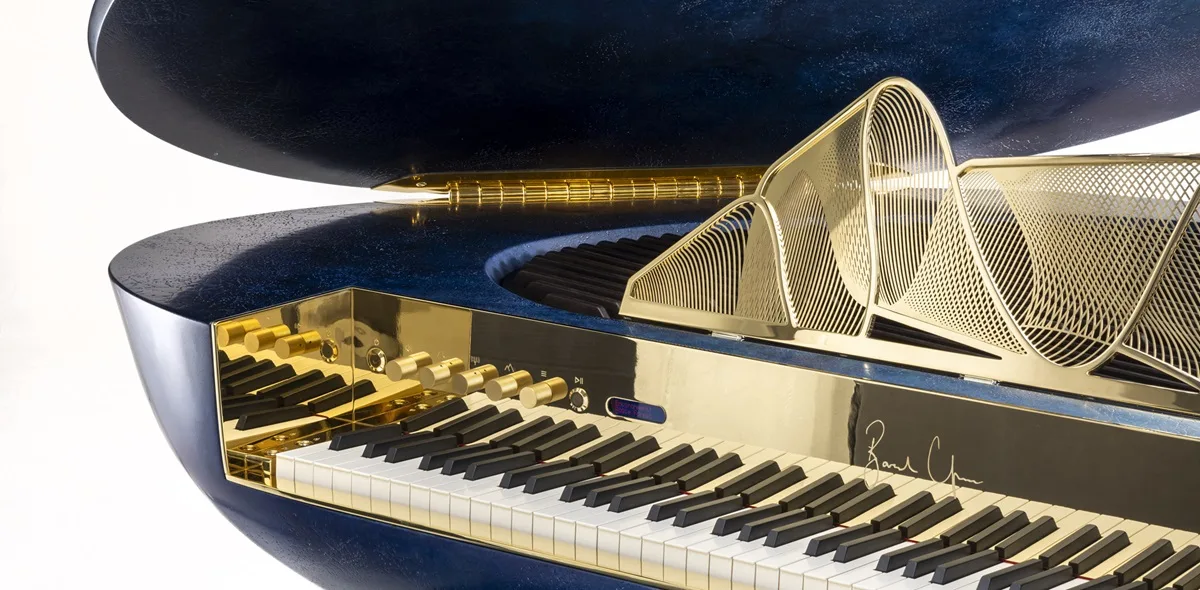
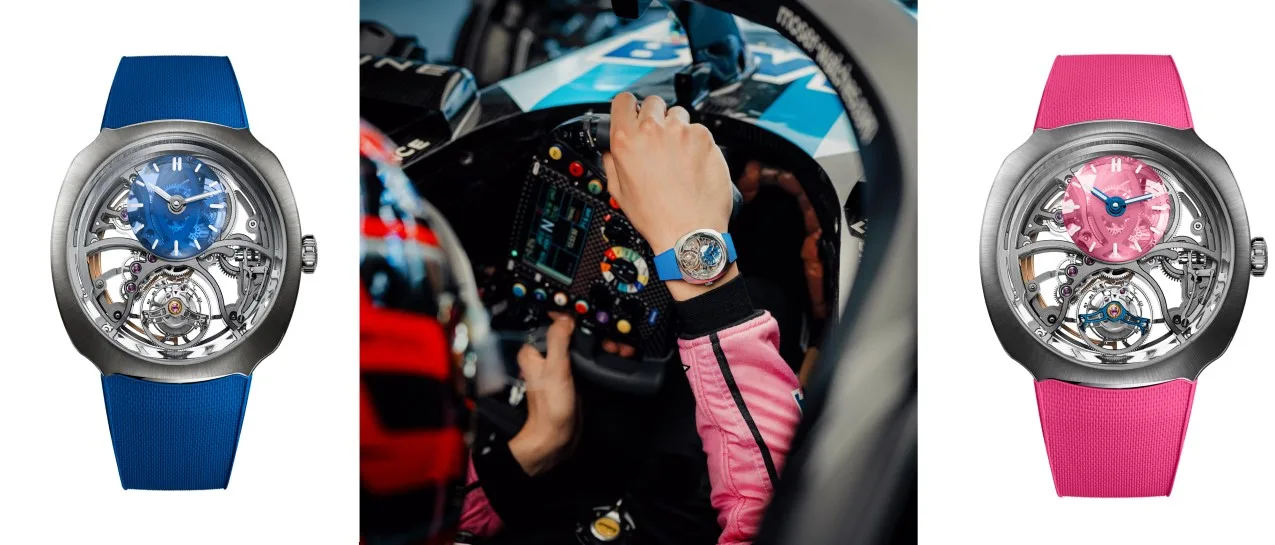



Show Comments +